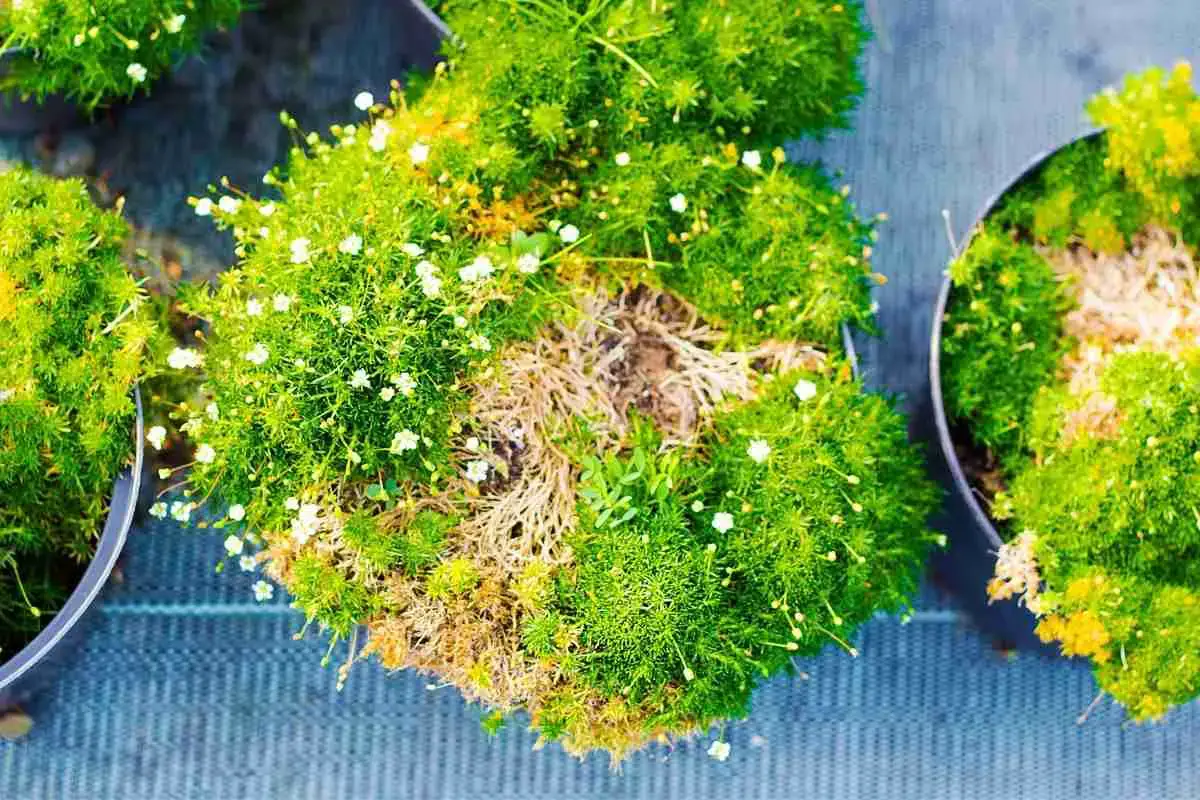
Scotch Moss or Irish Moss: Unveiling the Key Differences You Need to Know!
Read more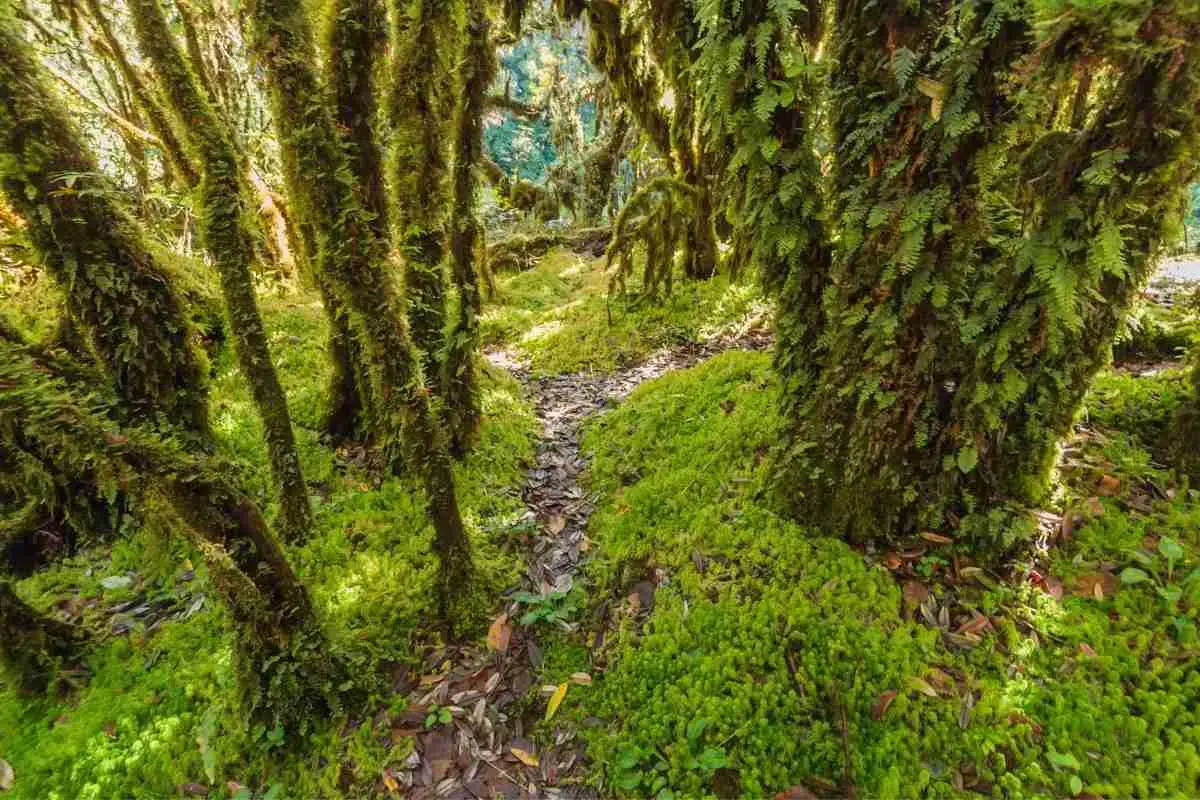
8 Types Of Moss That Grows On Trees
Read more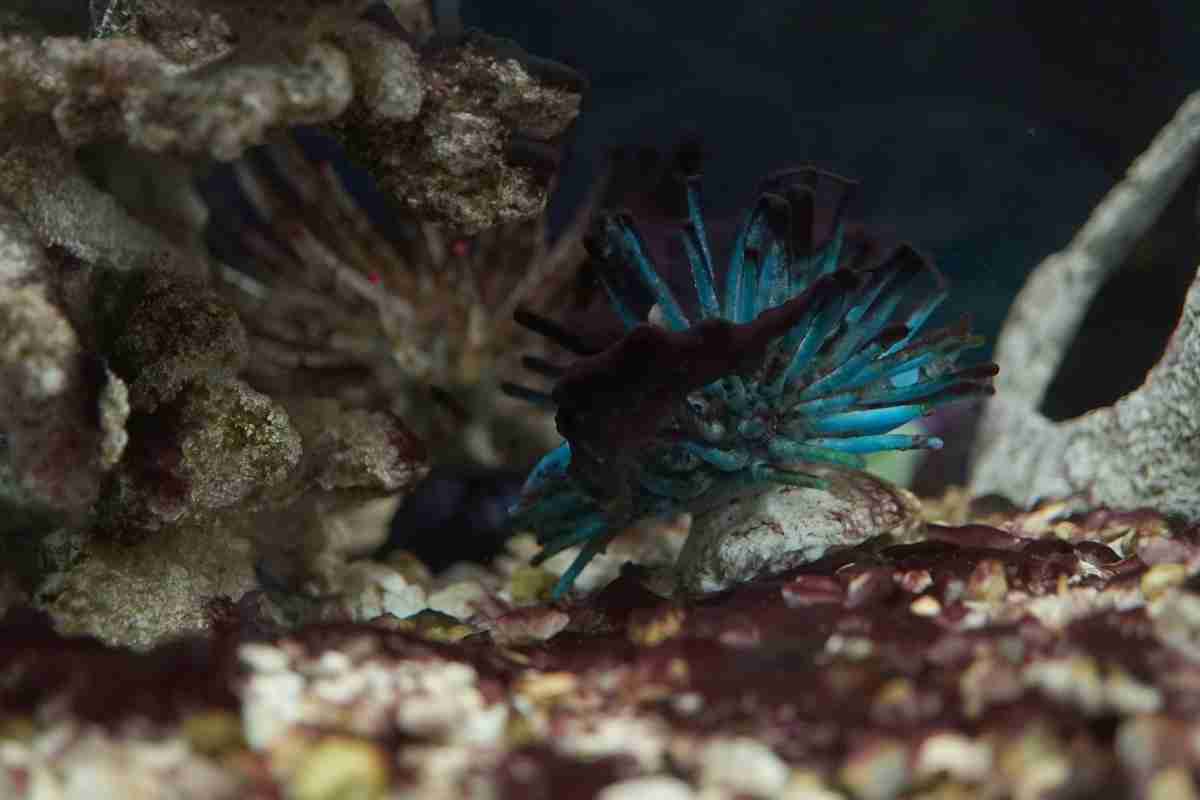
How To Get Rid Of Brown Algae In My Saltwater Tank?
Read more
The best types of Moss for Terrarium. How to Choose, Grow and Care
Read more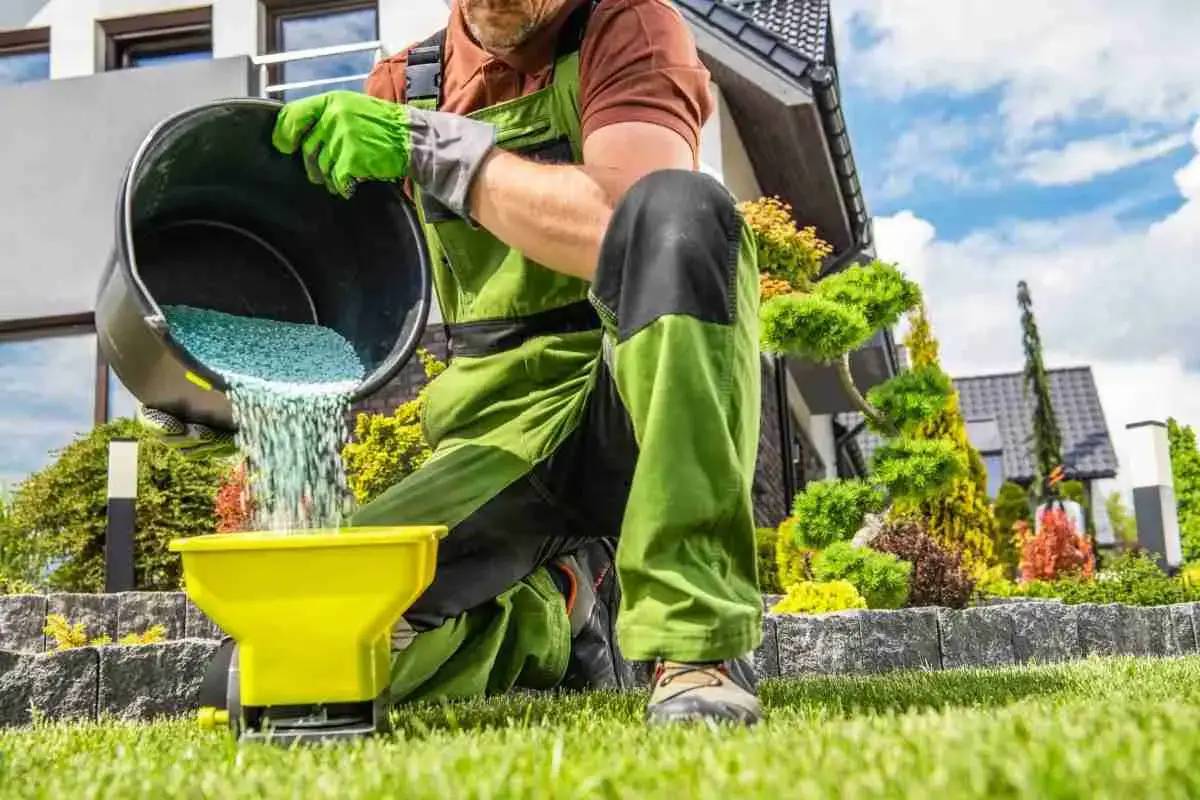
What Is The Best Time To Apply Moss Killer To The Lawn?
Read more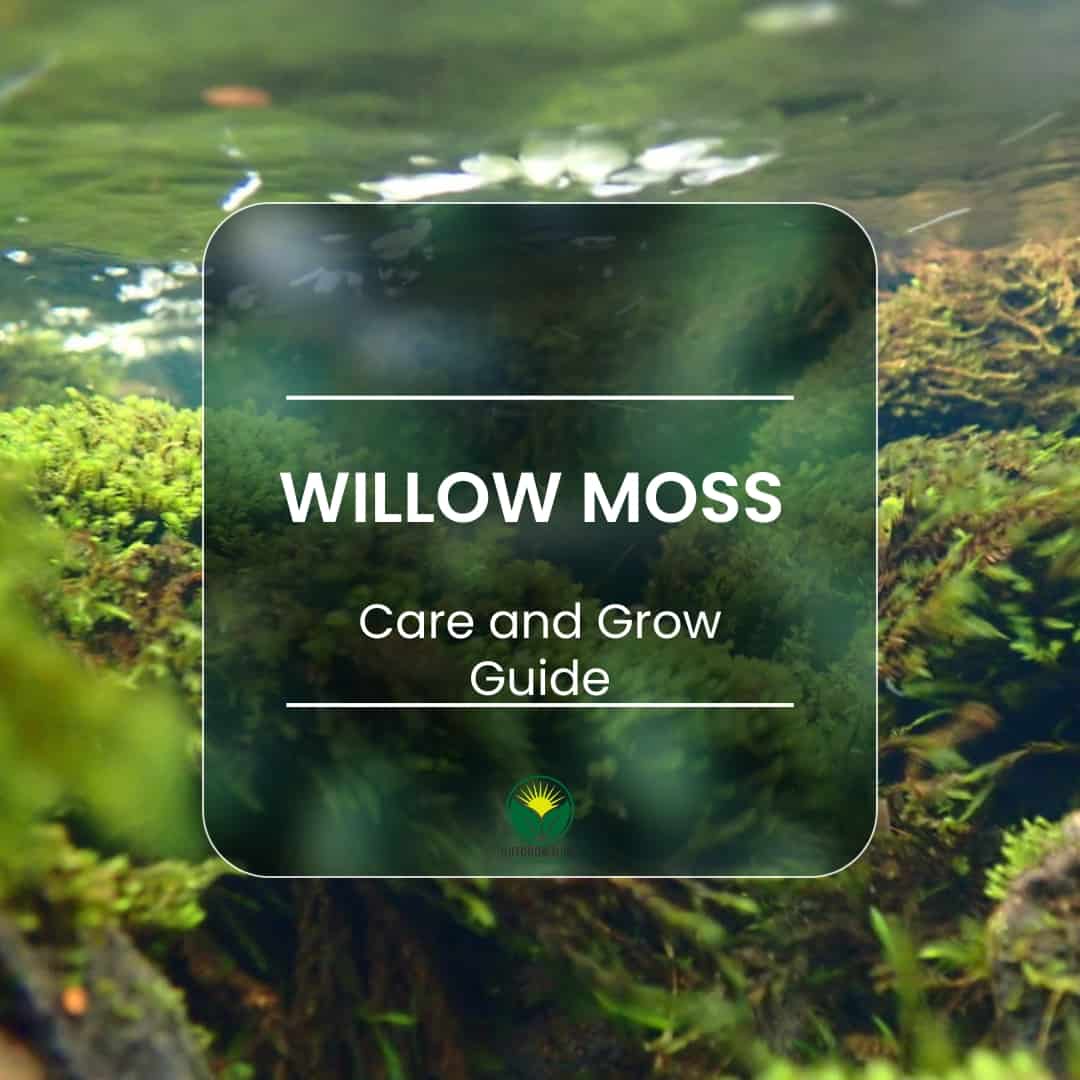
Willow Moss (Fontinalis Antipyretica). The aquatic moss par excellence. How to take care of it and make it grow in aquarium
Read more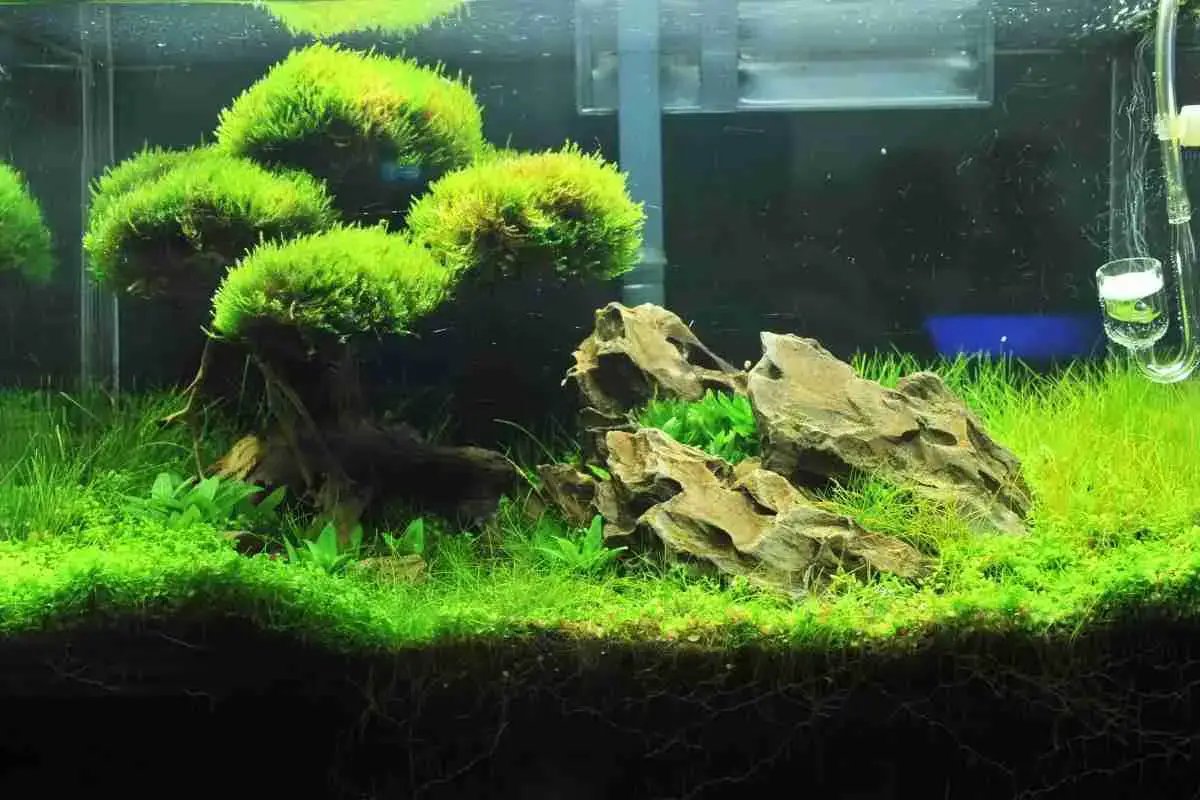
How To Grow Java Moss Carpet On Sand?
Read more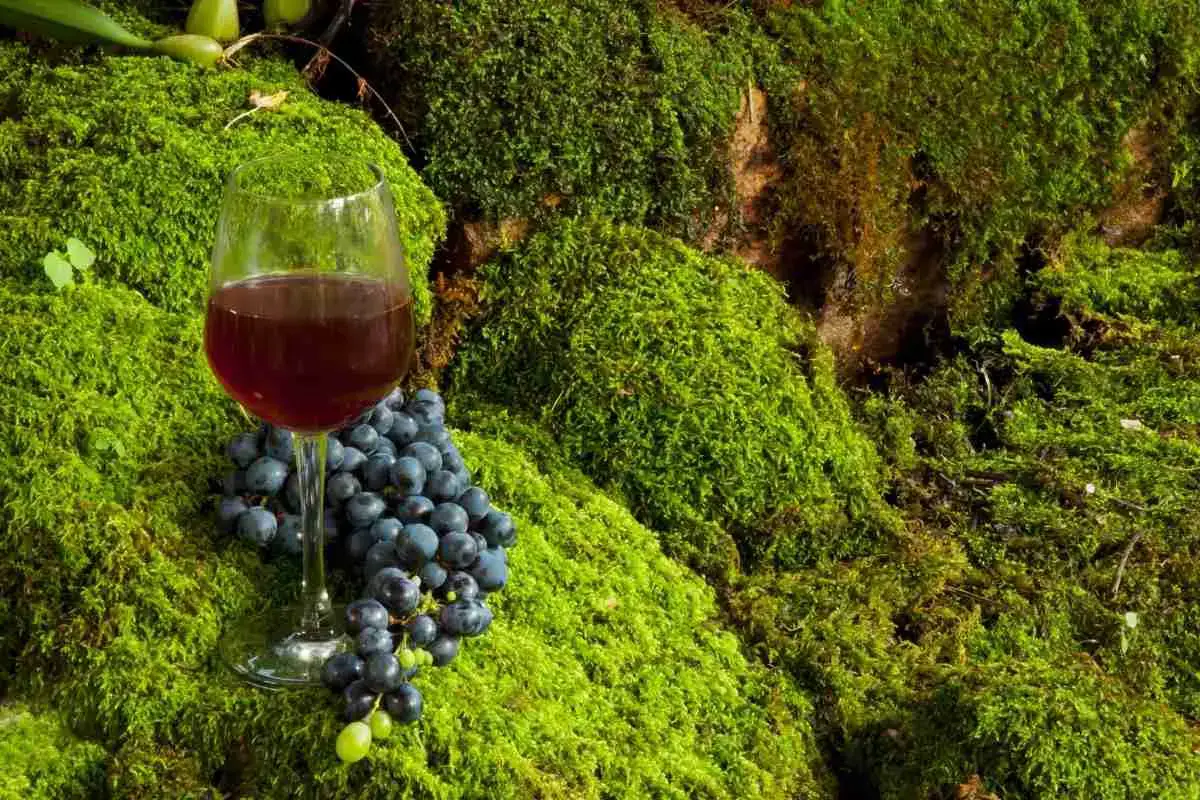
How To Grow Moss On Stone? The Ultimate Guide!
Read more
How to age terracotta pots with moss
Read more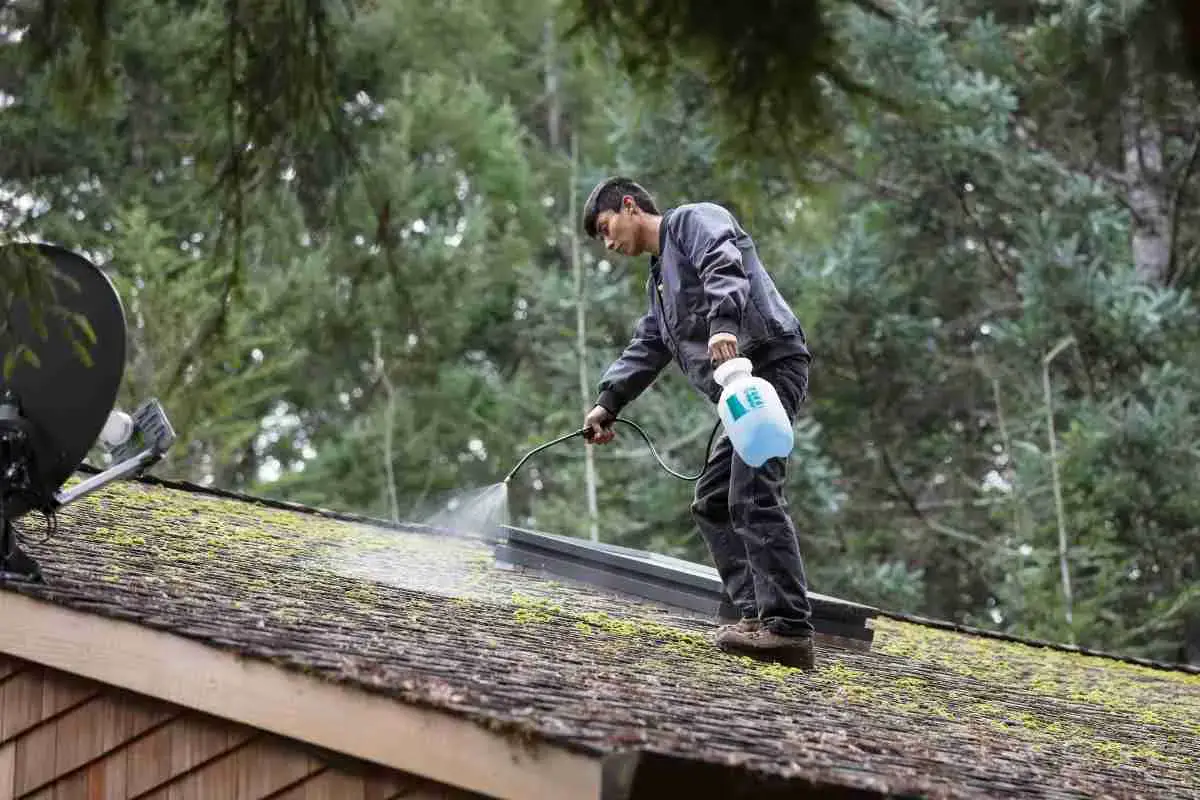
What Is The Best Time Of Year To Remove Moss From Roof?
Read more
Supporting Your Monstera: The Best Moss Poles for Your Climbing Plants
Read more